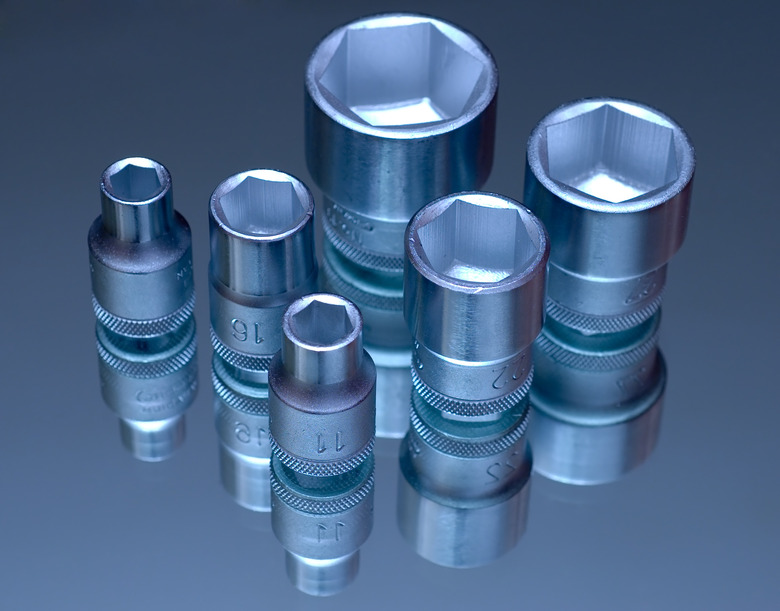What Is A Flare Nut Wrench?
The flare nut wrench, also known as a brake wrench, is one of the most basic tools available. As one of the most common varieties of wrench — it's included in any basic toolbox set and can be found in every hardware or auto parts store — they can be considered simple and are occasionally passed over in favor of more elaborate, specialized tools. But don't overlook them: Flare nut wrenches are crucial tools around the house and in the garage, and understanding their form and function can make tough jobs run smoothly.
What is a Flare Nut Wrench?
What is a Flare Nut Wrench?
Flare nut wrenches are a type of open-ended wrench that's intended for use with hexagonal nuts and fittings, which are sometimes referred to as flare fittings. Visually, they resemble box or ratchet wrenches but with an open head instead of a closed loop. These heads are set at a 15-degree angle and feature grooves and ridges intended to fit snugly over hex nuts and flare fittings of various sizes (12 and six-point profiles are the most common).
Often, these wrenches are double-sided, and on double-sided flare nut wrenches, the heads face opposite directions, allowing users to loosen tight fastenings in smooth motions without needing to readjust between each pull. The open-head design allows users to loosen tighter nuts and fittings with a decreased chance of edge stripping and lets the wrench maneuver to a fastening regardless of any cables or tubes linked to it.
Flare nut wrenches can also be found with hinged heads, allowing users to reach connectors in harder-to-reach places. Flare nut socket heads, used with multipurpose socket wrenches, are also commonly available.
Where to Use a Flare Nut Wrench
Where to Use a Flare Nut Wrench
Flare nut wrenches have a basic design intended for a wide variety of uses. However, they're commonly used to work on cars — earning them the nickname "brake wrench." The specific types of fastenings these wrenches are designed for are frequently used to secure brake and clutch lines on cars, as well as to secure temperature sensors and fuel pumps. Outside of automotive maintenance, flare nut wrenches can be used with any compatible hex nut or flare fitting, which means the wrench design is well-suited to machine work and plumbing.
Hex Nuts and Flare Fittings
Hex Nuts and Flare Fittings
Hex nuts and flare fittings are a fairly standard type of fastening. Designed to create a snug seal on pipes and tubes in particular, the fastenings are usually hexagonal or octagonal in shape with a ridged center designed for use with a variety of bolts. They can be found in a variety of materials with common designs made from steel, iron, brass or copper — often, the softer metals are used for tubes and pipes, while steel or iron can be found in cars and other places where you want to ensure that things are tight and sturdy.
Flare Nut, Crow's Foot and Line Wrenches
Flare Nut, Crow's Foot and Line Wrenches
Flare nut wrenches are known by a variety of names, often keyed to specific regions. Aside from being called brake wrenches, the United States often refers to this design as a line wrench. In the United Kingdom, however, they're often referred to as crow's foot spanners because the open head style resembles the shape of the bird's feet.
This last name isn't entirely precise, however. The term "crow's foot spanner" (or "crow's foot wrench") can refer to a number of similar but distinct wrench designs. All are open-ended, hence the flare nut wrench's inclusion, but true crow's foot spanners have a wider opening and often lack the same grooves as a flare nut wrench. Often, the wrenches referred to by this name can be used interchangeably, but not every time, requiring some attention on the part of the user.
